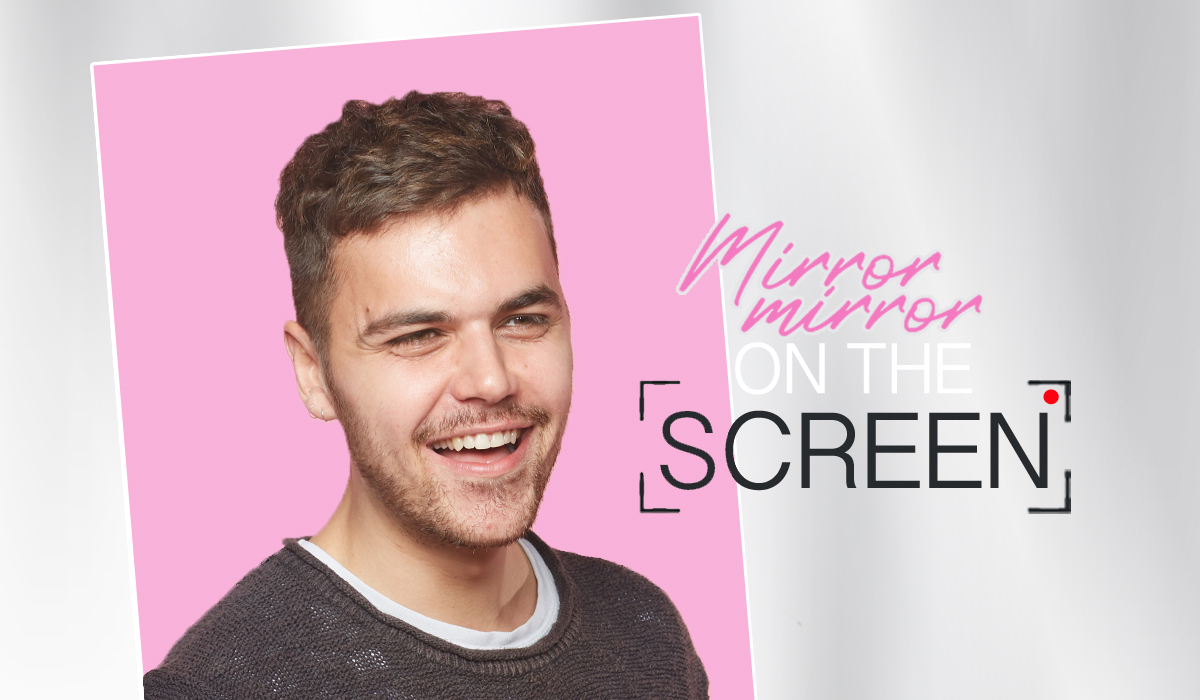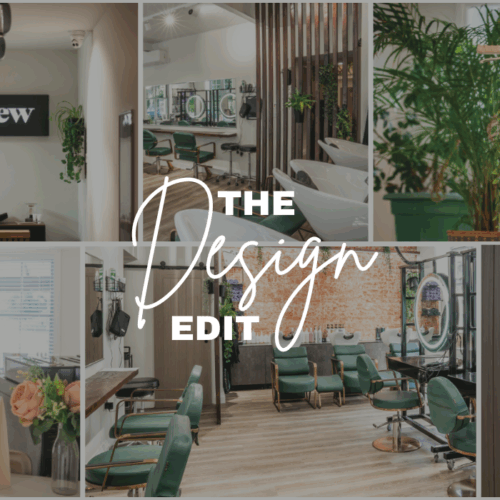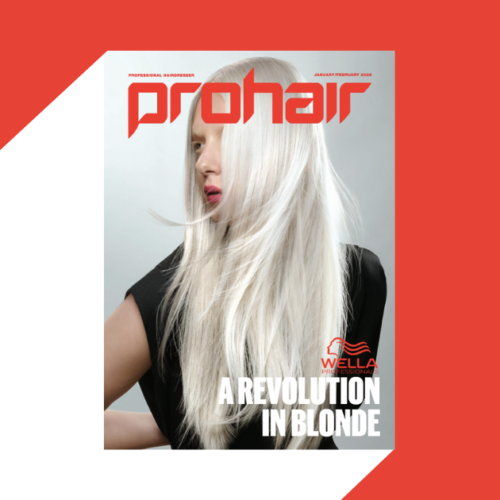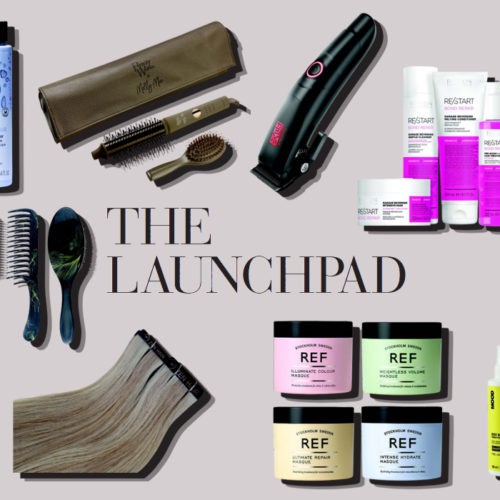‘Deinfluencing’ began as a trend on TikTok with beauty influencers warning their followers about products they shouldn’t buy. It is seen as a response to the overconsumption that is now openly encouraged in the digital age. With #deinfluencing now reaching nearly 600 million views online, the movement illustrates our growing scepticism towards sponsored content and adverts on social media.
I believe the ‘deinfluencing’ trend can be linked back to the growing awareness of how influencer marketing actually works, with many consumers now feeling ‘influencer fatigue’ as they become more aware that items on influencers’ pages are actually paid-for or sponsored. It’s human nature to resist being sold to and as a result, customers are seeking more authentic content elsewhere online.
As we know, user-generated content (UGC) is one of the most effective ways for brands to promote their products on social media – it offers a natural, unpolished aesthetic that is completely subtle and often goes undetected by the consumer. With ‘deinfluencing’ on the rise, UGC is now expected to experience substantial growth from 2024 to 2030.
As brands and content creators embrace the authentic and less-corporate aesthetic of UGC, product placement takes on a new dimension. A lot of advertising is now seamlessly integrated into everyday content creation, making it often invisible to the naked eye.
In turn, this UGC aesthetic goes hand in hand with ‘lo-fi’ content (low-fidelity). Lo-fi content looks and feels more authentic and less glossy than traditional branded social content. It is often shot on a smartphone and involves little editing, making it more time efficient and budget friendly.
It’s important to note, however, that lo-fi doesn’t translate to low effort, nor is it a pass to be less thoughtful or less strategic about the narrative of the content. The secret of lo-fi content is in the editing process. Since Instagram and TikTok have made their in-house video editing platforms much more advanced, it’s now easier than ever to create lo-fi content with the following functions:
Text Overlays: These can provide additional context to the video, adding anecdotes, captions, subtitles and information. This aligns well with the lo-fi aesthetic, making the content feel more authentic.
Text-to-Speech: This feature not only enhances the content but also improves its accessibility for viewers with disabilities. It adds an element of spontaneity, making the video feel more genuine.
Voice Overs: These bridge the gap between the creator and the consumer, allowing them to forge more trust.
SO, WHAT DOES THIS MEAN FOR YOU?
The days of posting product packshots are over; today, it’s all about weaving the products into your transformation videos and offering your followers a relatable and immersive experience. UGC and lo-fi content works to amplify content authenticity, ultimately strengthening the bond between you and your audience.
For related articles, click here





